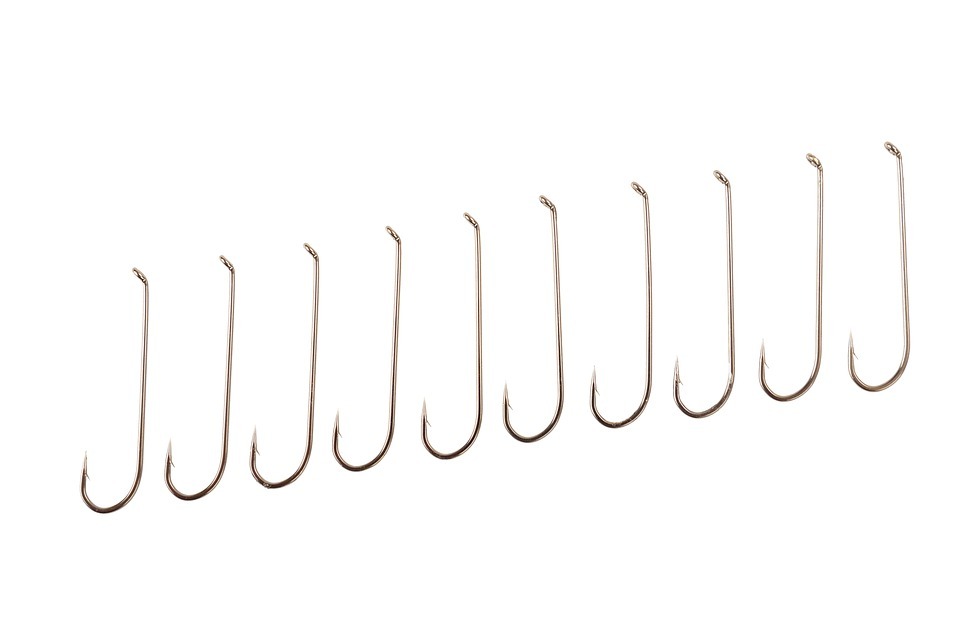Those who live off grid often procure food from nature whenever possible. This usually involves hunting or trapping and fishing. As long as there is a pond, river, or lake nearby that contains fish, this is a great way to feed one’s self and even a family.
Fishing for food requires certain equipment such as a fishing rod, hooks, and bait. While there are ways to catch fish without hooks, it is much easier to catch them with a hook. If one has forgotten to replenish their hook supply or are a distance from a place to buy them, it can be very handy to know how to make a hook with supplies that are on hand or easy to find.
There are different kinds of hooks that can be made by hand. These DIY fishing hooks will usually catch fish just as well as store-bought hooks, if made correctly.
Tools Required
A good pair of pliers with a wire cutter section, a good pair of scissors, and some wire can be very useful. It is possible to make hooks without these, but it would be easier with them. For the wooden versions, a knife is the main tool needed. Twine or string to tie the wooden versions may also be necessary.
When it comes down to it, though, all you need is the material for the hook and a way to make the changes. A good knife or multitool will probably suffice.
Beverage Can Tabs
Pliers are the best option for this type of hook, due to the metal of the tabs, though a sharp knife can be used in a pinch. Cut diagonally into one end of the tab, angling from near the other end into the space. This will be the point of the hook, so make it as sharp as possible. Tie the closed space onto the line securely and it is ready to be baited.
Gorge
Gorge hooks have been used for thousands of years. A sharp knife and a stick sized appropriately to the desired fish are all that is needed. Get a firm branch 3-4mm (1 to 2 tenths of an inch) in diameter and about 7.5cm (3 inches) long, though it can be larger depending on the fish.
Remove the bark from the branch and sharpen both ends. Cut a shallow notch into the middle to tie the line on without it slipping. Fix it so the end is vertical when baited, so the stick can lodge in the fish’s throat after swallowing.
Safety Pin
A safety pin hook is probably the simplest of these to make. Open up the safety pin and slightly bend the point away from the pin. Then bend that same bar, about in the middle, toward the pin, to make a hook shape. Tie the line through the head of the pin, add bait, and it is ready to go!
This works better with larger safety pins.
Thorn
Smaller fish can be caught with a hook made from a thorn that is still attached to its stem. Cut a long enough piece, with the thorn sticking up at the bottom, and tie it to a line. Add a bit of bait and catch some fish!
Wire
Hooks made with wire can be made to look much like store bought hooks. Using a pair of pliers with a wire cutter, make the wire the needed length, make a point on the end (barbed is possible, but a bit fiddlier), and make a loop on the top in which to tie the line.
Wishbone
Being careful to not break the bone, carve one side into a sharp point – with a barb – about halfway up. Make a small hole on the end of the longer side to hold the line. This is more difficult than it sounds, and it requires a very sharp knife to be effective, so only those who are good at carving or have metal gloves should try this option.
Wood
It is not difficult to learn how to make a fishing hook out of wood. Most easily done with a single twig that has a bend in it, a wooden hook can be carved to a point to catch fish of whatever size it is. Another option is to use two twigs, angled on one end and tied together using a small notch to keep it firm, then sharpen the smaller piece for the hook point and carve a notch to tie on the fishing line. This angled part can also be made from bone or even just using a small nail, if desired.
